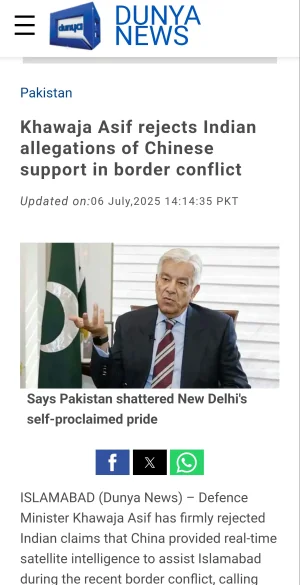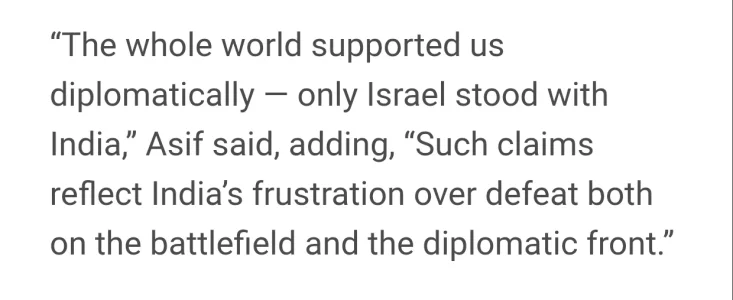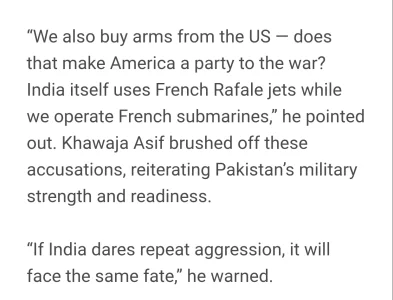Madrassa Graduates and the Pakistani Army’s failures
The Pakistani Army’s increasing reliance on Madrassa graduates—even among officer ranks—has become a serious liability in modern warfare. This was starkly exposed during the recent air battle under Operation Sindoor, when Indian Army bombed Pakistan at will with no or poor quality response from Pakistan except falsified propaganda.
Today’s warfare is driven by cyber capabilities, precision drones, smart missiles, real-time connectivity, and quantum communications—realms far beyond the reach of those educated in Madrassas, where outdated beliefs such as a flat Earth, Sun going around the earth and geocentric models still persist. Even Pakistan’s regular government schools offer similarly deficient science and technology education, leaving the country’s military manpower poorly prepared for 21st-century warfare. These failures they supplement with Islamic slogans of medieval era.
In contrast, India benefits from a vastly superior education system, recruiting better-trained soldiers and officers capable of mastering advanced technologies.
Compounding Pakistan’s woes is its dependency on low-grade Chinese military hardware. With under-qualified procurement officials unable to assess quality, Pakistan often ends up with subpar systems ill-suited for modern warfare.
This weakness isn’t new. In the 1965 war, as reported by American journalist Leo Heiman in Military Review (Feb 1966), Pakistani troops failed to operate complex Patton tanks effectively, leading to defeats by Indian forces using older Centurion tanks.
Modern warfare is no longer about rifles and close combat—it’s about mastering technology at a distance. In this domain, Madrassa-trained soldiers are simply out of their depth, a reality that defined Operation Sindoor and will shape the outcome of future conflicts.







